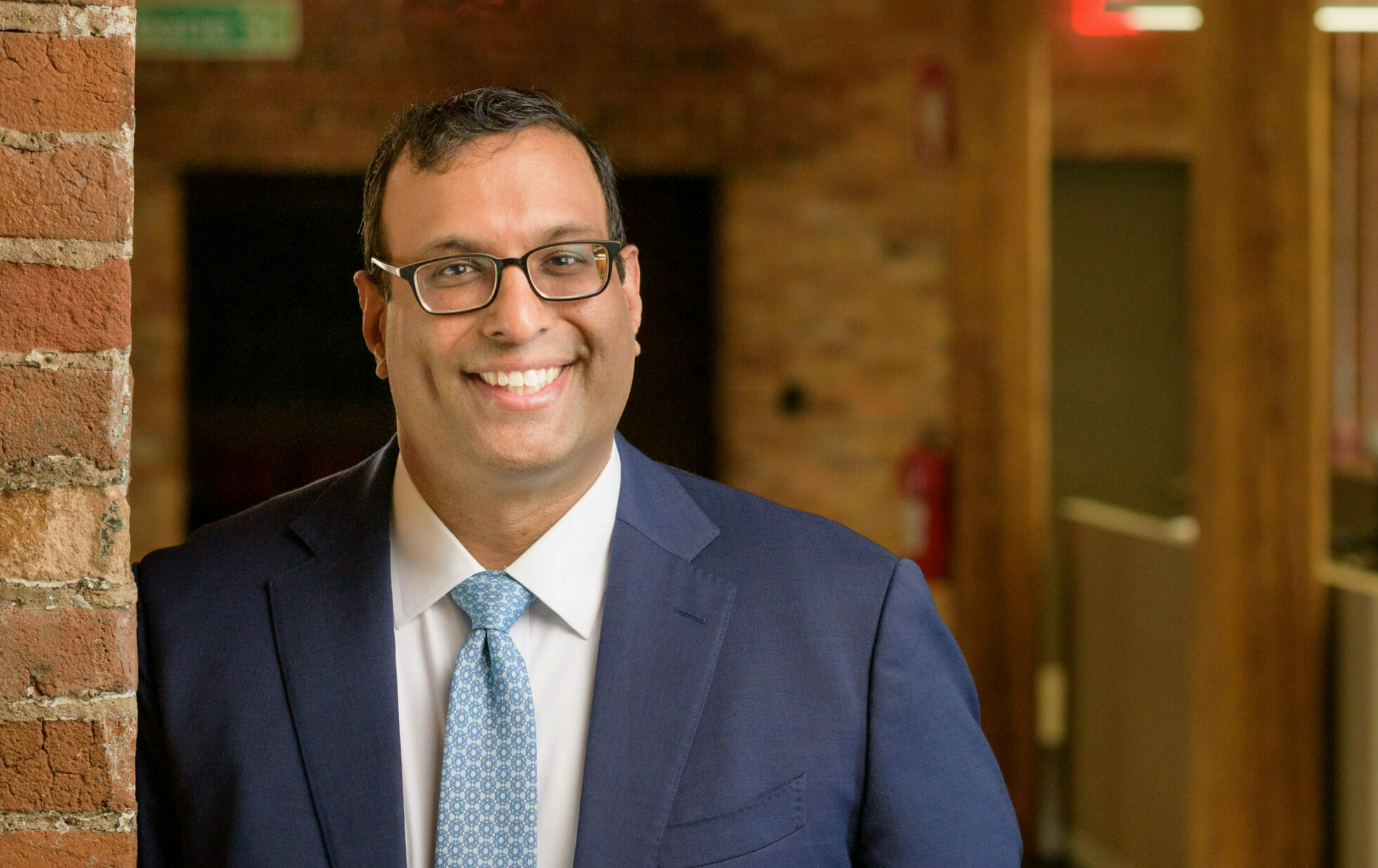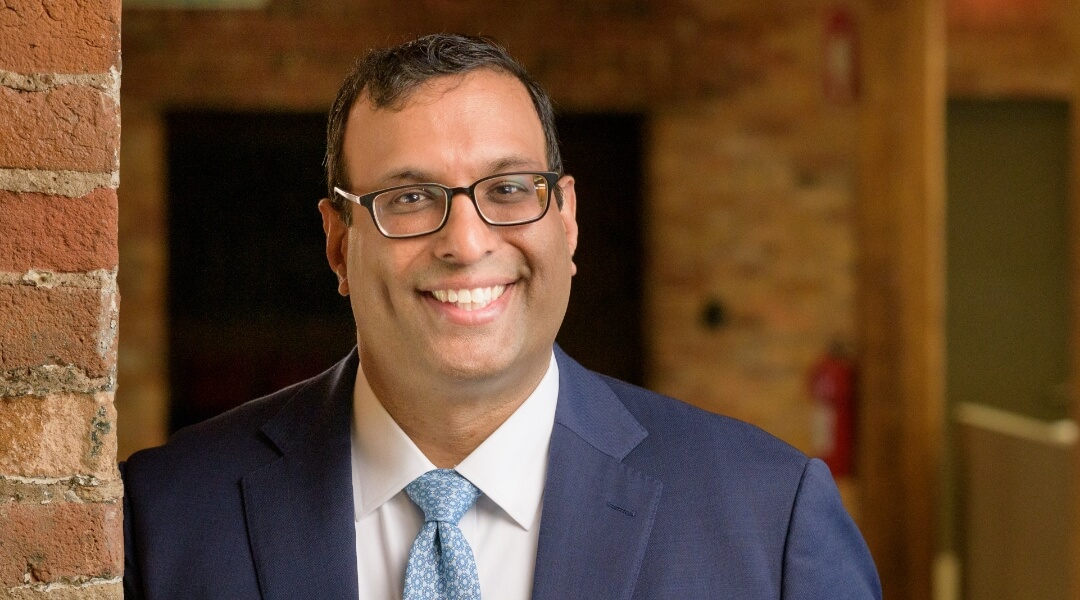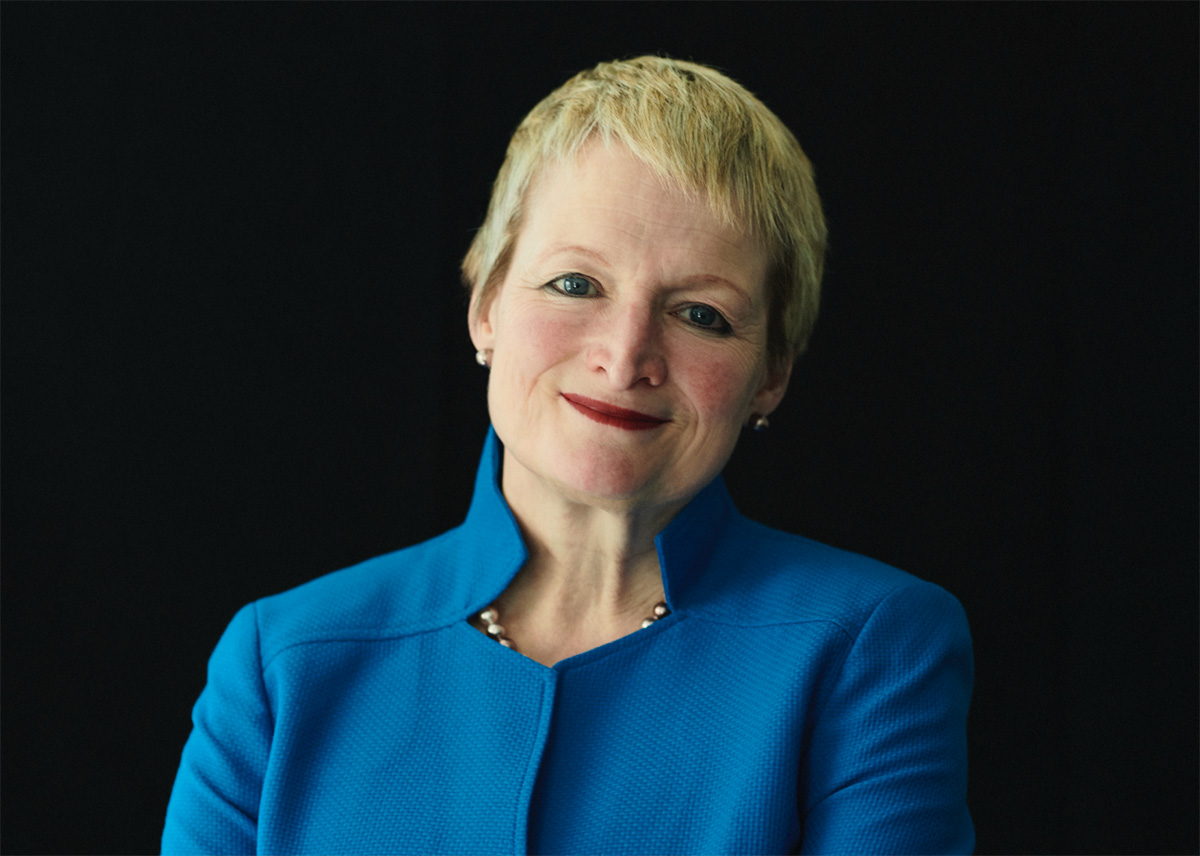The demands of Millennials and Gen Z mean leaders have to ditch command and control. It’s time to align and enable.
There are two fundamental drives which profoundly influence and shape all human relationships. Most people have experience of both, but are largely unaware of how these two energies shape their behaviour in their day-to-day lives and, in particular, how both drives show up in work relationships. Yet they are profoundly influential. They are love and will. Understanding their power is key for developing high-performing teams – and helping teams achieve a state of peak performance known as flow.
What are love and will?
The two drives are written about by Roberto Assagioli, who developed the psychological approach known as psychosynthesis, in his comprehensive book The Act of Will. Assagioli characterizes will as having a masculine quality. It seeks to control and put structures and processes in place. “Will… being dynamic, tends by itself to be affirmative, separative and domineering; it tends to establish a relationship of dependence,” he writes.
Love, on the other hand, has a more feminine quality. It looks to trust, to allow things to unfold, and is nurturing. As Assagioli writes: “Love, being attractive, magnetic and outgoing tends to link and unite.” Will is head to love’s heart.
Both drives have strong positive effects in our lives. In the parental relationship, a good dose of will is essential in providing and maintaining the boundaries that a child requires, while love builds trust in self. Yet both have potential negative influences too. An overly controlling parent might deprive a child of the freedom to explore and follow their own path, and thus stunt growth. An overly loving parent might be over protective and deprive the child of the opportunity to fight their own battles – and thus stunt growth.
The requirement is to bring balance to love and will. This does not simply mean moving the slider to the left or right. As with many things that present as opposites, the best approach is to transcend and include. To transcend here means to get above both love and will: out of their clutches, to a place of greater awareness, where, rather than being driven by them, one is aware of them and “a directing agent of the play of the various functions and energies”, as Assagioli put it. He called this state ‘presence’.
Love and will at work
The prevailing management culture is predominantly driven by will. No matter what culture change initiatives are undertaken, the majority of managers and leaders revert to command and control when the training has worn off, or when they are under duress. Life appears easier when there is compliance, when there is one voice, when others do as they are told. But it is also less productive, less creative, and a lot less enjoyable – and little is learned.
The appearance of Millennials and Generation Z in the workforce was greeted by some with consternation. Millennials, it was said, were different from previous generations. They were difficult to attract and even more difficult to retain; impossible to manage and most interestingly, a threat to prevailing corporate culture. A quick review of the press at the time will tell you that Millennials were also seen as demanding, disengaged from work, easily distracted and holding a naïve sense of entitlement.
But on closer examination, it turned out that Millennials wanted work that had meaning and purpose, development and growth, a path to promotion, fair pay, the freedom to work where and when they wanted, and empowerment to get on with the job. Is this not what we all would want from our place of work? Not simply because that would be more pleasant, but because work itself would be more productive and fulfilling.
What was aspirational for the Millennials has become expected by Gen Z. This generation brings an even stronger desire for change. Some say they are more impatient, looking for instant gratification, expecting almost immediate promotion to the top job – that they lean towards greater skepticism and a lack of trust in leadership, in politics and business. More interestingly, they want their leaders to be ethical, open and transparent; they value diversity and inclusion and will seek to protect their own well-being. Again, is this not what we all would want?
Maybe the real difference between previous generations and both Millennials and Gen Z is that they have had the courage to say: “This way of working – well, it isn’t working.”
Compliance culture limits performance
In the 20th century, organizational life was marked by a culture of strict compliance, the search for ever greater efficiency (and the processes that go with that) and ‘doing my best’, held in place by an approach to management firmly based in a command-and-control mindset. This model of leadership is neither appreciated nor understood by Millennials. For the general population, it is not conducive to high levels of performance.
That is doubly true in a business climate that is beset by disruption. These conditions – widely known as VUCA (volatile, uncertain, complex and ambiguous) – are both challenging and rich in opportunity, and are compounded by the ever-increasing speed of change and ever-greater interdependencies across industries. This means that a different way of working is needed: an approach that is more flexible, responsive and agile, so that better decisions can be made more quickly. Such a different way of working requires a different, congruent leadership and management approach.
Yet there is little consensus on what such an approach should be, not least because we are stuck with a 20th-century mindset, where the leaders command and the workers comply. As an example, most attempts to build a ‘coaching culture’ falter when they bump into the need of most managers – real or felt – to feel in control. Nevertheless, there is an inflection point where the change in a curve can just be detected but what comes next is not clear. Millennials and Gen Z, we argue, are pointing the way. Much of what they are asking for – development and growth; transparency and connection; work that has meaning and purpose; empowerment – suggest something simple: a change in leadership style that is fitting to today’s business environment; that seeks to align rather than control, to enable rather than constrain.
Moving to ‘align and enable’
Two types of organization need ‘to get the best from people’ more than most: the military and late-stage start-ups. Both have developed leadership approaches congruent with this need.
High performance in the military is critical from a practical and moral standpoint, particularly at a time when public resistance to war is at an all-time high. In the world of start-ups, where cash is ‘burned’, the need for a swift return on investment similarly demands a high-performance culture. Consequently, both kinds of organizations have gone further than most in defining a leadership approach that delivers in a VUCA world.
What such organizations have understood is that people can’t become high performers – acting quickly and decisively, developing and using their talents – in an overly controlled or constrained environment. In the military environment, as the adage has it, no plan survives first contact with the enemy: responsiveness on the ground is critical. Command-and-control is not an option since combatants are likely to be out of contact and cannot wait for someone else to make decisions. This is why the US Army is a prime exponent of an approach known as mission command. Commanders “must share their vision of operations and the desired end state”, as former officers James D Sharpe Jr and Thomas E Creviston have written. A powerful vision or intent, communicated to all, is supported by decentralized leadership on the ground, to generate swift, relevant decision-making and action within governing constraints.
In the start-up world, there is emerging clarity about a so-called entrepreneurial mindset. It is a way of thinking about performance that has many parallels with mission command. One of its principles, for instance, is that of objective-driven execution. This is the idea that every action must be aligned with and contribute towards the over-arching goal. Again, this allows for swift, aligned decision-making and action.
Fundamentally, both kinds of organization have looked to resolve a specific problem: how should we empower people without a loss of focus and control? The solution is to align and enable.
A new model of leadership
Align and enable is a model for leadership in action for high-performance business organizations. It seeks to create an environment in which individuals and teams can perform to their upper limits. It does this by ensuring that there is a clear context to act within and that individuals and teams have clarity about what is expected of them. It also ensures they have clarity on how they are going to deliver on those expectations. It pushes decision-making outwards, for swift, relevant responsiveness and accountability.
There are four core skills involved in the approach: lead, manage, coach and build trust-based relationships.
Lead is about why a role, project or task is significant: it is about the context (the economic climate, the industry, politics), the mission, vision and strategy of the organization.
Manage is about what the individual is taking on: the specifics of the role and component parts, the goals, standards and expectations. Together, lead and manage create alignment. It happens in two principle ways. The manager helps the team member find a meaningful personal connection with the organization’s ‘why’, and ensures that the team member’s role or task (the what) makes a clear contribution to that over-arching ‘why’.
Coach is about how the role, project or task is executed: strategy, plans and approaches. An effective coach facilitates this part of any conversation, ensuring responsibility sits with the team member. To coach is to enable.
Relate refers to the foundation of a mutual trust-based relationship between the manager and team members, which underpins lead-manage-coach. In the current climate, building trust may take some commitment – but without it, nothing works, there is no meaningful conversation and performance erodes.
As Sharpe and Creviston write in the military context: “It is trust in subordinates who can plan, coordinate and execute flexible yet disciplined decision-making … that gives commanders the confidence to conduct decisive action boldly.”
In this way, Millennials and Gen Z get the leadership they are asking for (as does everyone else). The benefits are numerous: greater engagement, higher productivity, more innovation, and greater retention and attraction of talent.
Attaining flow
There is an extraordinary, and intended, by-product of this model. When a person has a clear understanding of what needs to be achieved and how they are going to approach it – when they can see some meaning in the activity and are trusted to get on with it – their mental state approaches a state known as flow. Most commonly discussed among athletes, flow is the state required for high performance and enjoyment.
Adopt the align and enable approach and your team will hit their goals more often, learn more, enjoy their work – and attain flow. What’s more, you’ll open doors for your progression, develop yourself, and enjoy a more fulfilling life.
Myles Downey and Ian Harrison are co-authors of The Enabling Manager: How to Get the Best out of your Team (LID Publishing 2022).



